Order this book online at www.trafford.com
or email orders@trafford.com
Most Trafford titles are also available at major online book retailers.
Copyright 2012 Yoshio Saito.
All rights reserved. No part of this publication may be reproduced, stored in a retrieval system, or transmitted, in any form or by any means, electronic, mechanical, photocopying, recording, or otherwise, without the written prior permission of the author.
ISBN: 978-1-4669-0814-7 (sc)
978-1-4669-5183-9 (e)
Library of Congress Control Number: 2011962477
Trafford rev. 08/02/2012
 www.trafford.com
www.trafford.com
North America & international
toll-free: 1 888 232 4444 (USA & Canada)
phone: 250 383 6864 . ax: 812 355 4082

To my wife, Dorcas, and my daughters, Katrina and Emily.
They all urged me on.
Katrina helped with the preface and editing, and Emily provided the graphics and conceptual framework for the book. Before the book could be completed, Emily passed away in February of 2011. The last dish she cooked was Okonomiyaki, made for her friend.
I thank Dorcas for her never-ending support and love.
S omeone once said, if you can read then you can cookjust read a cookbook. But there are variables to cooking: hotter burners, thicker or thinner pans, cooking equipment, and several types of griddles, so experiment with different varieties. These recipes provide a jumping off point.
In my classes and cooking seminars, my students always ask me two things. One is, what is the best Japanese Restaurant in Boston or in Tokyo? The other is How do I become a good cook? The answer to the first question is relatively easy, however, the second one takes time.
First, in order to become a good cook, you have to taste lots of good food. I can bring you as close as possible to this through my recipes, but you have to taste, and compare, to know what the dish should taste like. So, eat well!
Americans who know Okonomiyaki rush over to my vending stall, yelling with the passion of seeing a long lost lover, Ive been craving Okonomiyaki since I left Japan. Its impossible to describe to people, you have to taste it. I understand their conundrum. How can I explain Okonomiyaki to people?
It is a pizza-crepe, I say, a pizza-crepe with cabbage, bacon, noodles and a fried egg. So it is an omelet too. It is sprinkled with pickled red ginger and bonito-fish flakes and seaweed and light crisp tempura batter drops for crunch. A mayonnaise-cream-teriyaki-type sauce is dribbled over the top. You can put squid in it or scallops or cheese or lobster or pounded-rice Mochi or anything you would like! It is so difficult for people to imagine all of these tastes in their mouths. So I sometimes say, Okonomy means favorite. And Yaki means fried. So it is your favorite thingsfried.
O konomiyaki restaurants in Japan are often age-worn wooden structures with sliding papery doors and layers of grease. Walking into an Okonomiyaki restaurant is like walking into a kitchen. Its noisy! Okonomiyaki is cooked on griddles, and the sound travels as the spatulas crack against the metal. You can feel the warmth from those black griddles that sit in the middle of each small table.
I always have a sense that my mother, who died 45 years ago, is there somewhere, making these wonderful Okonomiyaki smells. Its the taste of home, of coming back to something you have been missing.
Okonomiyaki existed back in the 17th century, and popped up again in the 19th century as a dessert. In 1923, the same year as the Tokyo Earthquake, a new form of runny Okonomiyaki appeared, called Monjya-Yaki (See page 21) and, with that, it moved from a snack to a meal.
In the ruins of World War II, Okonomiyaki became a favorite childrens snack, called issen-teshoku, or penny-dish. They were sold at the issen-yaki, or penny-grills; and later became a food good enough for adults. (I used to tell my children that expensive food we ate was too good for kids. The prohibition made them hungry for the most expensive dishes).
The dish took off, and, today, there are almost 24,000 Okonomiyaki restaurants in Japan. In the city of Osaka, there is an Okonomiyaki-mura or village with twenty-seven Okonomiyaki restaurants competing with their original flavors and traditional recipes. The variations are endless. For fanatics, there is an Okonomiyaki Festival, an Okonomiyaki Museum, and even Okonomiyaki flavored chips and wafers that come complete with sauce and mayonnaise. The worlds biggest Okonomiyaki is a Kansai style one that is 8 meters (about 26 feet) in diameter.
Ill introduce you to some new styles of Okonomiyaki as well as some Yoshio originals. So really, my favorite things! I use the traditional Japanese ingredients (explained in the next section). But there will also be recipes with more readily available ingredients. There are fairly complex recipes as well as a simple one to be eaten in twenty minutes. So lets begin.
Okonomiyaki!!
F or authentic Okonomiyaki, its best to use authentic Japanese ingredients. Now, I realize that depending on where you live, these might be difficult to find, but I didnt want to give you a watered-down version of the true Okonomiyaki.

A seaweed that is scraped off of rocks after drying in the sun. Its powdery and dark green, and comes in a small bottle. This Okonomiyaki topping goes on at the end of cooking.

A red bean, sweet or savory. Japanese often use Osekihan (azuki cooked in rice) for celebrations.
Pre-cooked Yude-Azuki comes in a can, and is used for dessert since it already has sugar added. It works very well with vanilla ice cream.

A red-colored pickled ginger that comes in a jar. Pieces are cut slightly larger than a match. Its a bit spicy and similar to horseradish.
I loved the color of Benishoga as a child, but hated the taste. However it seems that as you get older bitterness becomes refreshing. Put it on the side for shyer guests as a palate cleanser.

Curry is a popular dish in Japan, finding its way onto most school cafeteria menus. The instant curry bar looks like chocolate, and all you need is to add your favorite meat or seafood with vegetables and water. Some companies offer five levels of spiciness. In fifth grade, this was the first dish I learned to cook, with help from my sister. You can use this for any curry flavoring.

Pounded sweet rice, eaten for Oshogatsu, Japanese New Year celebration. It usually comes vacuum packed, and can be baked, broiled, or micro waved. My favorite is broiled to a golden brown with sauce, nori or soup.
For Okonomiyaki, this product is cut in small pieces and cooked with other ingredients on the griddle, for a sticky creamy texture.

Next page

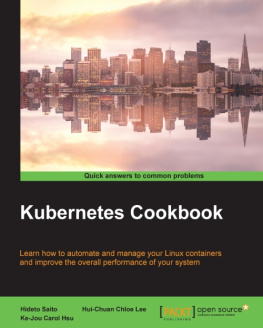
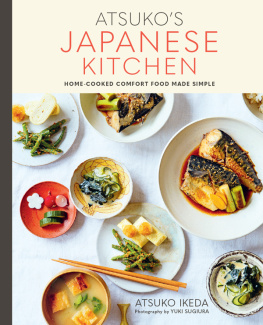
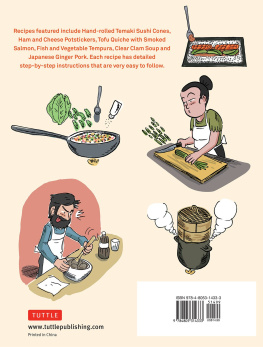
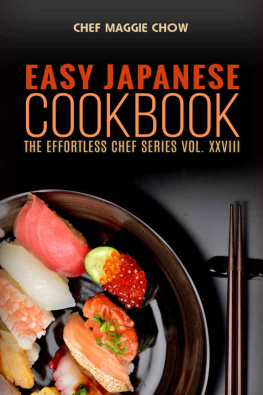
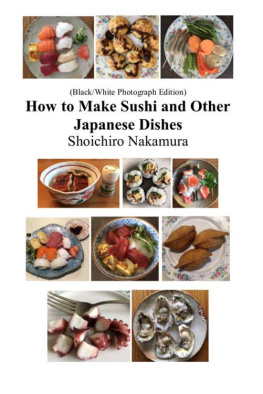
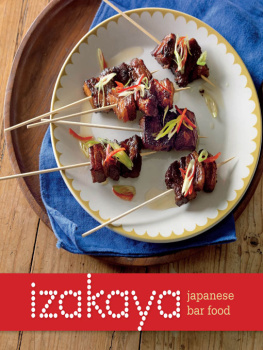
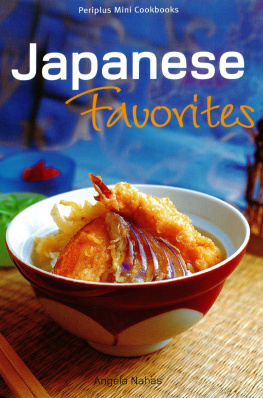

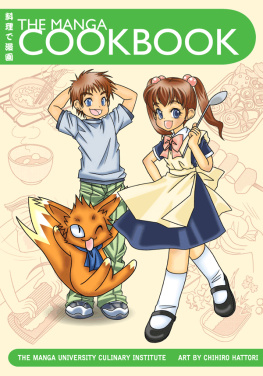
 www.trafford.com
www.trafford.com





